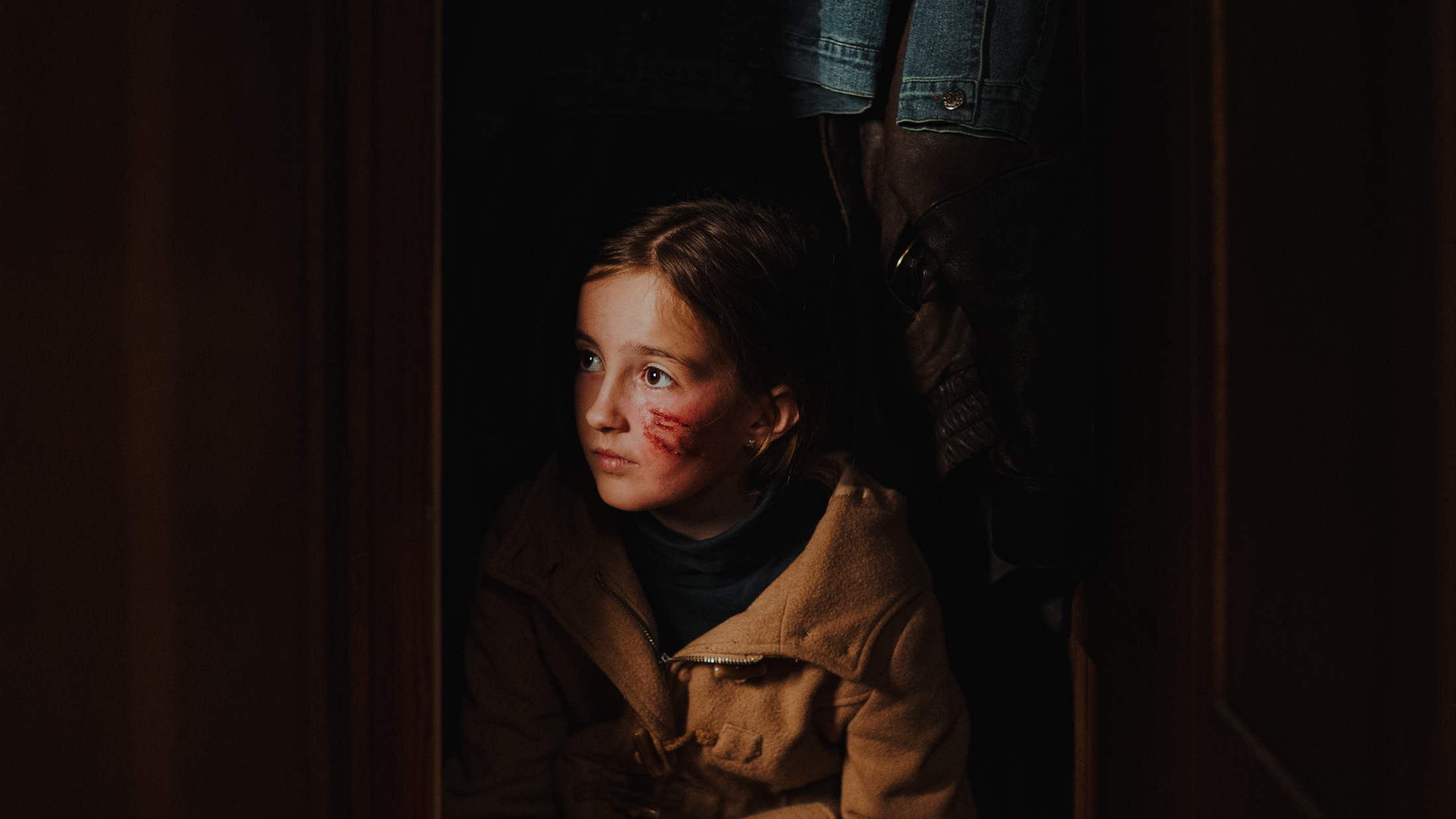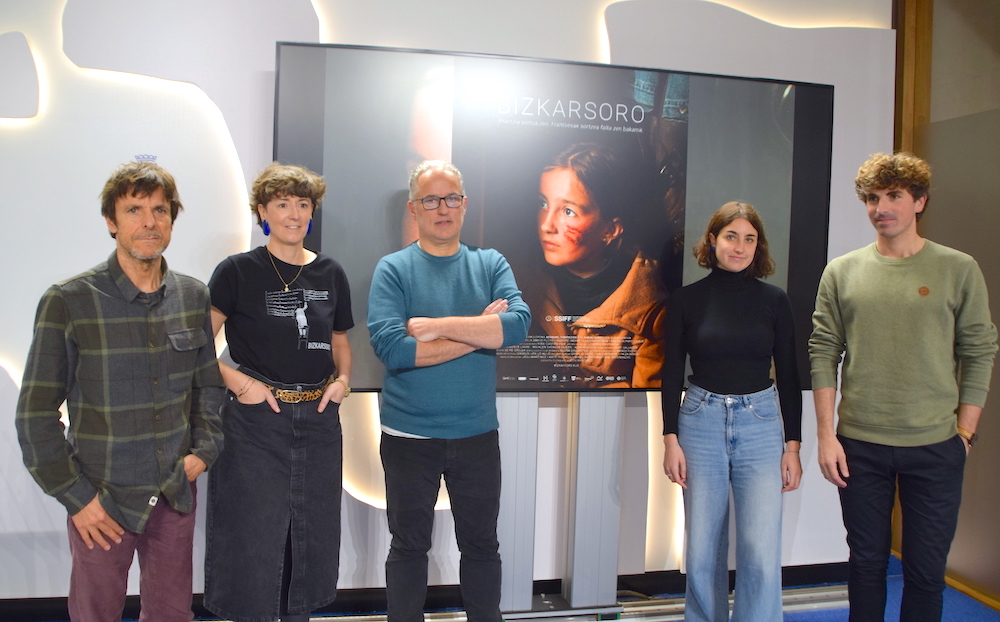Thin, smooth and fluffy typhoon
- According to many experts, Katharine-Houghton Hepburn (1907-2003) is the best American actress in history. Look at the marsh, the only woman who has received four Oscar for the best actress. Three out of four also received them when they were over 60 years old. Curious is the machist relationship between the Hollywood star system and the actresses, which cut off the actresses’ career early by the "unacceptable aging" of women.

In addition to his work as a committed actor, Hepburn highlighted his nonconformist attitude, which revolutionized the film of the 1930s by his independent, liberal and feminist personality. He was a couple of Irish actor Spencer Tracy, both in film and in love. The history of both lasted 27 years, despite Tracy’s alcoholism and Catholic beliefs.
Last June 29 marked the 20th anniversary of Hepburn's death. A good excuse for us to delve into the personality and trajectory of the actor who demonstrated his courage and intelligence to unravel the traditional and heteropatriarchal values of the golden age of Hollywood.
He came to the dream district of Los Angeles, in Hollywood, after a long career in Broadway theaters. As soon as he arrived, a prestigious seasonal columnist launched around him a series of beans: “Katharine Hepburn, a skinny, arrogant typhoon, hits Hollywood, breaks all the rules, is nasty and shows no help attitudes. It disparages the press and responds with innocence. In the photos he leaves without makeup, with all his scars, and the worst, he looks like a man.”
This led him to consider him a rare person in the film business, among other things because he canceled the charm of the blonde actresses of the time for their mere presence. He extended his critical and revolutionary gaze to all his activity. For example, he had no agents, so he negotiated the contracts with the studies. He also discussed with advertisers, always in their defense, in defense of their private life.
This ironic and intelligent attitude was greeted by her parents, mother, Katharine Martha Houghton Hepburn, known suffragist leader, and had the opportunity to show her in her films. So Hepburn became the symbol of modernity in the old Hollywood. Director George Cuckor said: “Hepburn had no resemblance to the 1930s, had his own figure and later women began to imitate it. A decade that then looks like it.”
He
debuted with Leoparda Cucor, A Bill of Divorcement (1932). The close relationship between filmmaker and actor lasted eight more films. One year later he received his first Oscar for his work in the film Morning Glory, by director Lowell Sherman. Thus, the actor "rebel" conquered the RKO study in just four years.
As a result of this success, he appeared in films as the masterpiece that today has become the icon of the delusional comedies of the screwball genre, Bringing Up Baby, masterfully directed by Howard Hawks in 1938. The representation of the couple formed by Hepburn and Cary Grant is extraordinary and memorable, and the story is complicated with a dizzying rhythm thanks to the work of writers Dudley Nichols and Hagar Wilde. Leopard appearances, almost surreal, have become part of the memory of all filmmakers, Hepburn had more than one sinister movie recording with the animal. “I didn’t have enough intelligence and I made several scenes with the free beast.”
Hawks' work is also remarkable for the master's degree that showed the comic gag to film at frenetic speed. Didn’t like it much:Bringing Up Baby received little money for the poor reception of the public.
When
the poison was about to end the 1930s, Hepburn was named a “window poison” by businessmen. At the same time, they did not support the actor's unspeakable personality. Faced with this heartbreaking situation, RKO’s contract broke and returned to Broadway. He triumphed with The Philadelphia Story. At that time he had as a couple the eccentric and wealthy producer Howard Hughes, who convinced him to take the film rights of the work. Hepburn played at George Cucor, his trusted filmmaker, and in 1940 he premiered The Philadelphia Story, with the participation of James Stewart and, again, Cary Grant. The film broke all brands and Hollywood had to definitely accept Hepburn.
A precise and agile comedy, with irony that incites the press, the new rich and the social forms. The words of Peter Bogdanovich, film director and great American critic, must be taken into account in the film: “There’s a limited Hepburn cancelling sensation (...) is the only time he appeared with Jimmy Stewart Hepburn and the chemistry among them is malicious.”
In 1942,
Hepburn bought the rights of a screenplay titled Woman of the Year and decided to film with her favorite actor. “He had a story about a sports chronicler and political columnist, and Louis B of Goldwyn Mayer Metro. I took him to Mayer and said, "If you want, but I will be a columnist and Spencer Tracy will be a sports chronicler."
The film became the seed of the 27-year-old professional and sentimental relationship. A total of nine papers were combined, most of which dealt with gender confrontation. “On the screen we represented the typical American couple, she was strong but sensitive, forced me until I stopped. And so we went out, until we joined.”
They never married: Tracy was Irish, Catholic, and she didn't want to divorce her previous wife. He had two children and his wife owed all respect. They never stood before the audience together. “We had an open relationship, it never bothered me to live with a married man. Both his wife and I ignored him.”
His latest work, sonally shot in 1967, is the famous Guess Who's Coming to Dinner, by Stanley Kramer, which focuses on racial relations. Hepburn got the best commercial results of his life and a new Oscar. “Spencer wasn’t right. Director Stanley Kramer convinced him to leave the house and forget his problems. I've never seen that movie, I can't. Spencer died seventeen days after the film ended.”
Since then, Hepburn performed deeper works and, along with old age, received another two Oscar: For the work done by Anthony Harvey in the film "The Lion in Winter", directed in 1968, and for the interpretation made by Mark Rydell in the film "On Golden P", shot in 1981. He never attended the Oscar, always sent someone to pick up the awards. And, showing his usual irony, he said, in line with the awards he represents the great Hollywood studios: “The oscars are very nice, but they don’t help in laundry, even the movie queen, who has to wash and dry the clothes.”
Itoiz, udako sesioak filma estreinatu dute zinema aretoetan. Juan Carlos Perez taldekidearen hitz eta doinuak biltzen ditu Larraitz Zuazo, Zuri Goikoetxea eta Ainhoa Andrakaren filmak. Haiekin mintzatu gara Metropoli Foralean.






















